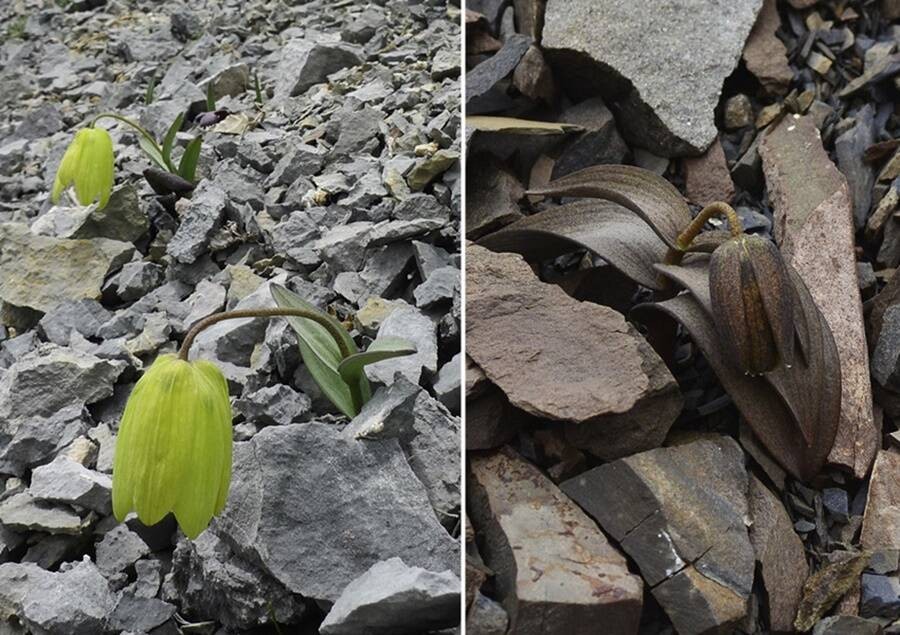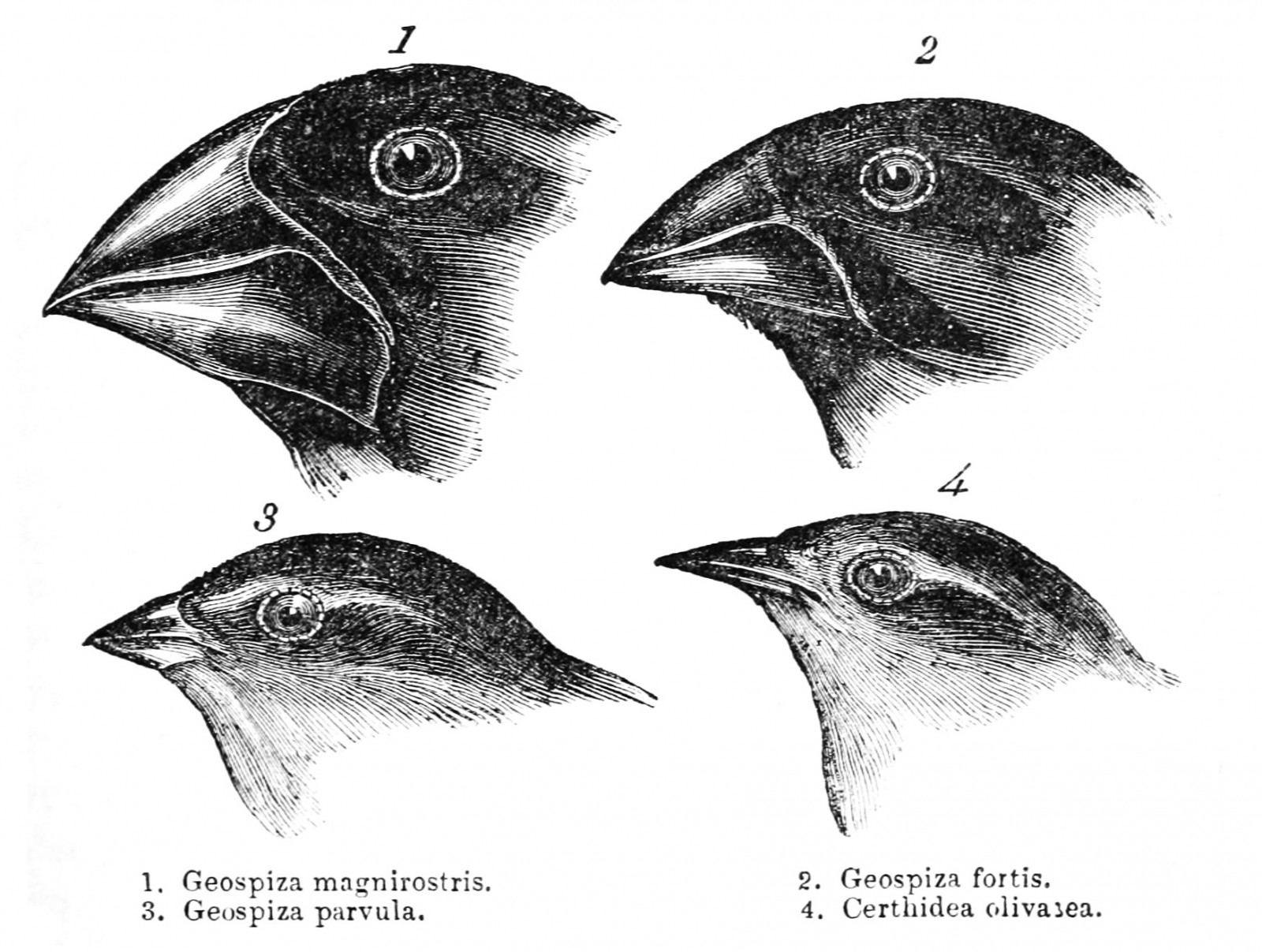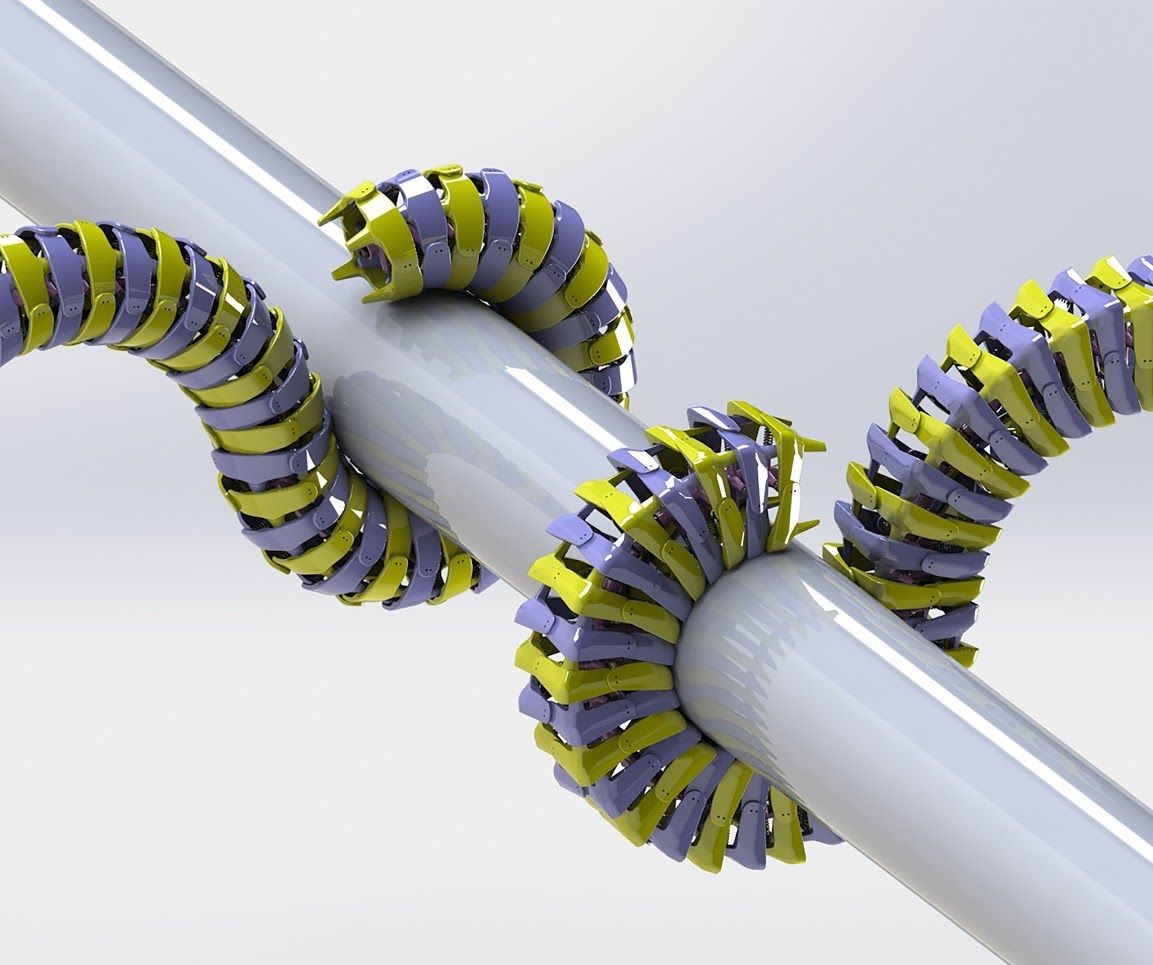Imagine a virus that increases its chances of spreading by staying undetectable for a few days after it infects us, while we humans try to defend ourselves with a tool that we developed over thousands of years of evolution: our power to think. “Evolution is about more than just fossils or Darwin’s finches. It’s happening every day, before our very eyes.”
Are humans really still evolving? For years now, biologist Dominique Adriaens (Faculty of Sciences) has been asked this question wherever he goes to give a lecture. Before the Covid era, his answer must have sounded unthinkable: “Imagine a new virus emerges, with the infection rate of measles, the lethality of Ebola and an incubation period of two weeks. The supervirus would make its way around the world in no time. Only people who have the genes to fight off the infection would survive. A virus of this kind would therefore put enormous evolutionary pressure on humans as a species.”
Of course, this supervirus only exists in theory, and even Covid-19 will not have such a large impact, but this (extreme) example does illustrate that as humans, we are still not above the reach of evolution. “Even the current pandemic could have an impact. Right now, for almost a year we’ve hardly seen other people, we’ve been wearing face masks and we are not allowed to hug one another. Perhaps the virus could have an impact in this way on our choice of partner and thus also on our evolution.”
On the other hand, Adriaens says that to a certain extent it is true that we have managed to eliminate or circumvent natural selection. “Some things would normally disappear through natural selection, but we maintain them thanks to medicine, agriculture, architecture, technology and so on. We can combat the threat of environmental factors such as SARS-CoV by using intelligence, technology and culture. These are powerful qualities that we have developed thanks to evolution.”

Are we ever truly in charge of our own evolution? Surely we could embed a genetic make-up in ourselves that would make us immune to a supervirus?
That's true, but evolution occurs when the environment changes. We can make ourselves immune to Covid-19, but as soon as a completely different virus pops up, we’d be back to square one.
Humans are not only in charge of their own evolution, but also of the evolution of pretty much every other organism on earth.
We do indeed have an enormous impact. We humans are also the cause of about seven factors that force different species to adapt. We exhaust natural resources that other organisms want to use. We fragment and destroy natural habitats. We import invasive species, and along with them also diseases. The European fire salamander, for example, has been severely hit by a fungal infection that was brought over with imported amphibians, especially through the trade in terrarium animals. Hunting and fishing also sometimes exert a selective pressure. And we cause pollution. Some studies have shown that even polar bears are affected by pollution. The influence of endocrine disruptors leads them to exhibit characteristics of the opposite sex affecting their ability to reproduce and thus threatening their chances of survival. Factor number seven, climate change, has a similar effect.
Are species evolving to protect themselves from us?
The changes are generally happening too fast for that, although there are some cases where this occurs. For example, scientists recently discovered a plant that ‘hides’ from humans. The plant in question (Fritallaria delavayi) has been popular for thousands of years with traditional Chinese healers and therefore it is at risk of being picked. The plant’s flowers are bright green, so they stand out against the rocky slopes where they grow.

Now scientists have found that in areas where the flowers are picked more often, they have become greyer in colour. They are less easy to spot and therefore get picked less.
That's smart.
Smart is not the right word. That would suggest that evolution works towards a goal. Animals and plants do not think about solutions that will help their species to survive. Similarly, this plant did not decide to have more grey flowers. Originally, the plant produced a variety of colours ranging from bright green to grey. Plants with grey flowers were picked less often, meaning that the grey flowers became more common in places where there are many people. Evolution happens randomly. A trait that increases one’s chances of survival and reproduction, and which is inheritable, will eventually spread more widely.
Evolution is also about survival of the fittest. What exactly does that mean?
Contrary to what many people think, the fittest is not the same as the strongest. Being strong is just one trait that increases your chances of surviving and reproducing, and this is actually what it's all about. The fittest means whoever can bring the most healthy offspring into the world. These individuals pass on their genes, and therefore play a greater role in the course of evolution.
Two factors are crucial: survival and reproduction. The first is self-evident: if you can live longer, you have more time to reproduce. The second factor makes things a little more complex. As a male, you also have to find a female for yourself. There are some traits that increase your chances of doing so, however some of these may actually be detrimental to your chances of survival. Think of the impressive tail on the male peacock. It's actually a hindrance in terms of survival, but it's necessary to catch a female.
By the way, being the fittest does not mean that a species is constantly improving. It is the environment that determines whether you are good enough to stay alive and reproduce. Even animals that became extinct were good enough once upon a time, but they disappeared when their environment changed.
Charles Darwin is regarded as the founder of the theory of evolution. Why was he so important?
Darwin was one of the first people to make the link between a species’ characteristics and its environment. He also recognised that the laws of nature that apply today already existed millions of years ago, and will always hold true. He showed that the diversity in nature could be explained through purely natural processes, such as natural selection, and thus existed without divine intervention. For his time, that was extremely controversial.

Is it fair that he is given sole recognition and credit for this?
Actually, it isn’t really fair. Darwin was able to draw on the knowledge of his predecessors to a great extent. To my eyes, Aristotle (384-322 BC) was more revolutionary and innovative in his thinking. Charles Darwin also had a great deal of respect for the work of Aristotle. Aristotle already emphasised the importance of learning through observation. This was how he debunked the existence of a ‘homunculus’, a miniscule human being that was claimed to be found in sperm and to grow into a baby in the womb. Aristotle had the genius idea of opening up the shell of a chicken egg at the top in order to follow the development of the embryo at different stages. He was able to see that there was no tiny chicken present at the start, but that a small chicken slowly began to form from a different-looking organism: the embryo.
Some other great thinkers on evolution also came after Darwin. The German biologist August Weismann (1834- 1914) was able to explain aspects of heredity for which Darwin had no answer. Weismann realised that it is not the body which is passed down from generation to generation, but only the genetic information. In my opinion, we can even regard him as the founder of genetics.
The reason Darwin is so strongly identified with the theory of evolution is due to the controversy surrounding the publication of his book. Darwin also had many acquaintances in elite circles, he was a good communicator, and had substantial financial resources which, for example, allowed him to travel around the world with the Beagle.
How did Darwin ‘discover’ the existence of evolution?
By very carefully examining natural diversity. At home he owned many collections of different species including an extensive collection of barnacles. The domestication of animals also gave him a good number of insights. He looked to pigeon breeders amongst other things. A breeder who is seeking to express certain characteristics in a pigeon breed chooses which pigeons should mate with each other. If both parents exhibit a specific characteristic, the breeder knows there is a good chance that the pair’s offspring will also have this characteristic. Darwin recognised that, through this artificial selection, the breeders are doing the same as happens in nature. Only there it is not a breeder but the environment which determines who mates with whom.
And of course the voyage on the Beagle was also extremely important. Darwin visited all kinds of places which were home to the most diverse species. After spending time on the Galapagos Islands, he realised that the finches living on different islands had different beaks which were adapted to the type of food where they lived.

What do we still have to learn about evolution today?
There’s actually still a huge amount to learn. Dozens of studies are still published every day. These are not only limited to issues of biology. Evolutionary insights can also lead to technological applications. Whenever a designer has an idea, he or she makes a prototype, tests it out, adjusts it, and keeps testing until it's right. But a designer could never try out thousands of prototypes one after the other. Nature is able to do this, however, in the form of evolution. The systems we observe in nature can therefore be an inspiration for our designs. This science is called biomimetics.
To give an example, in my research I look at seahorses. Seahorses are very special for many reasons. For example, their body is encased in an armour that is both strong and flexible at the same time; it seems hard to combine these two properties but this can offer very useful applications. I am thinking, for example, of a smart brace. If you break your arm, a brace will block the entire movement of that arm. This immobilisation leads to a loss of muscle mass, meaning you will need rehabilitation even after the fracture has healed. Inspired by the harness of a seahorse, we want to make a brace that immobilises a fracture while still allowing other movements.
We're also thinking about a supportive robot arm for use in healthcare. Bedridden patients are now lifted or supported by carers, and this can lead to back problems amongst other things. Lift systems do exist, but these are usually a little unwieldy. Again inspired by a seahorse tail, we can make a strong robotic arm to offer support which can also adapt to the shape of the patient.

Biology can inspire technology, but the reverse is also true. Techniques from engineering can also help us gain insight into biology. With the help of 3D printing, we were able to figure out why seahorses have a square tail, and not a round one like all other animals with tails. Does a tail consisting of a chain of inter-connected square prisms give them an advantage in terms of evolution?
You can't study this in nature, because there are no seahorses with round tails. We therefore developed a 3D-printed model of both the square and the round shapes. We were able to test out these models and we found out that the square model does indeed provide an evolutionary advantage.
You recently published a book on evolution. What was your motivation for this?
‘Firstly, because evolution is an extremely fascinating story. On top of this, during lectures I noticed that people have many misconceptions and questions about evolution. I initially wanted to write a book about human evolution, with a short introduction to evolution in general. That introduction became so long that it turned into a complete book*. Hopefully with a second part about the evolution of humans.
* Dominique Adriaens, Evolutie. Verleden en toekomst van Darwins geniale inzicht, Academia Press
From 2007 to 2011, a project at Ghent University was run by researchers including Dominique Adriaens and Johan Braeckman (Faculty of Arts and Philosophy), with the aim of improving understanding of the theory of evolution in Flanders. One outcome of that project was the website evolutietheorie.ugent.be (in Dutch), where the authors give detailed answers to common questions and help dispel myths about evolution. This resource is a real treasure trove for teachers who are dealing with difficult questions, as well as for people who want to provide answers to their children, and for anyone else who is interested.
(picture Fritillaria delavayi: Yang Niu; picture models of tails: Michael Porter)
Read also
Ghent University virologists combat viruses in new research facility
Every day, professor Xavier Saelens and his team work on new and improved vaccines and medicines to counter flu and corona viruses. Recently, they’ve been doing their work in a new research facility. “Our primary goal: to help those suffering from diseases.”
Done with sticks in the nose? Simple corona breath test coming soon
A corona test that’s as quick and easy as an alcohol breathalyser: it will soon be possible. Researchers at imec-MICT-UGent have been involved in creating a user-friendly device that should be ready for use by the summer.
Everyone a conspiracy theorist?
At the moment, it seems that a real boom in conspiracy theories has been unleashed. How is it possible that a completely new virus emerged from nowhere, causing so many deaths? Many believe that it has to be part of a wider conspiracy. The internet continues to be swamped with all sorts of conspiracy theories. Which raises the question: why do so many people believe in the most improbable stories, and why do we have a problem with that?
Two foreign PhD students about their experience with the lockdown in Ghent
Doctoral students Elaheh Niazi from Iran and David Gleerup from Denmark arrived in Ghent around the beginning of the second lockdown. Although they have already been here for several months, they have actually hardly seen the city, or even colleagues.



